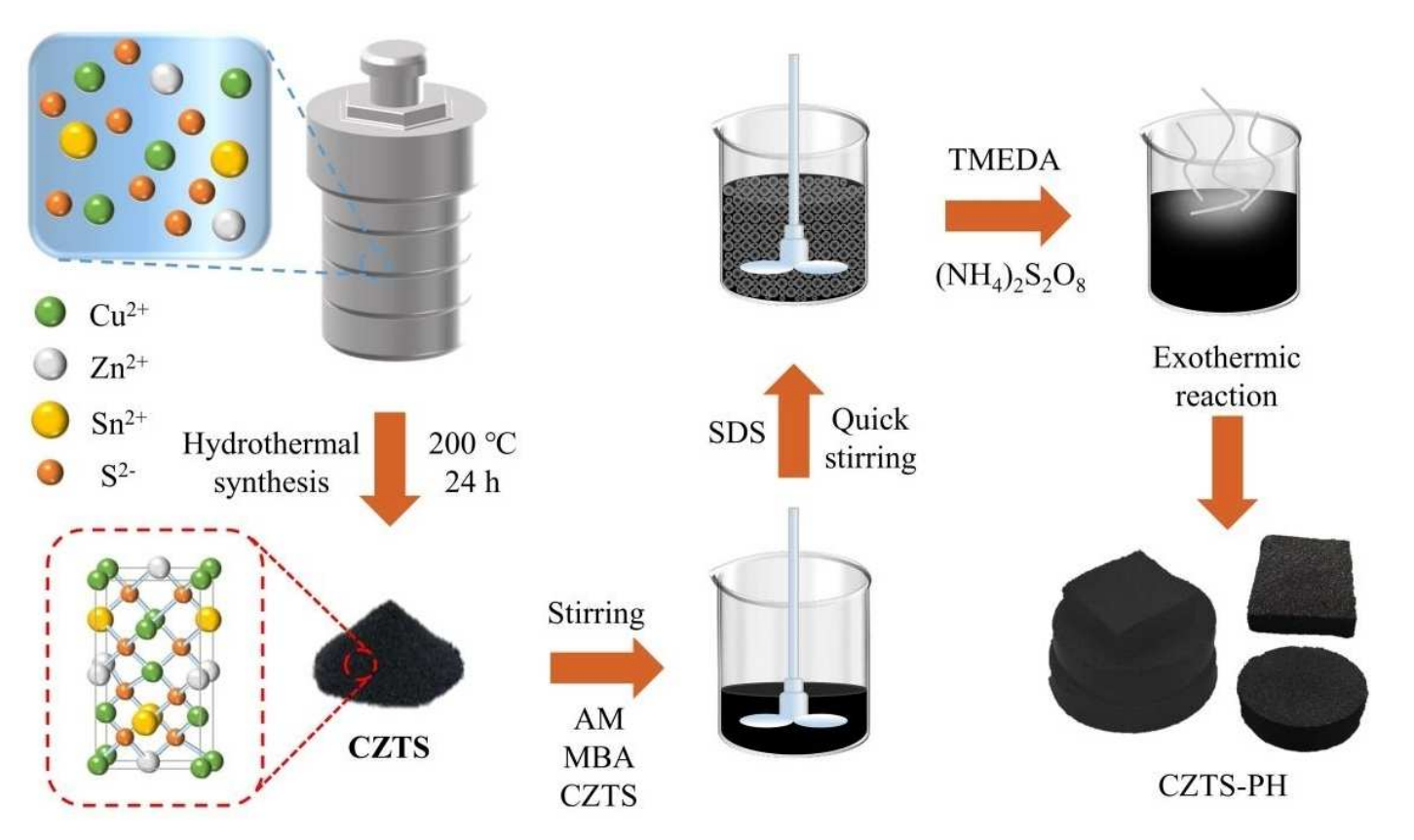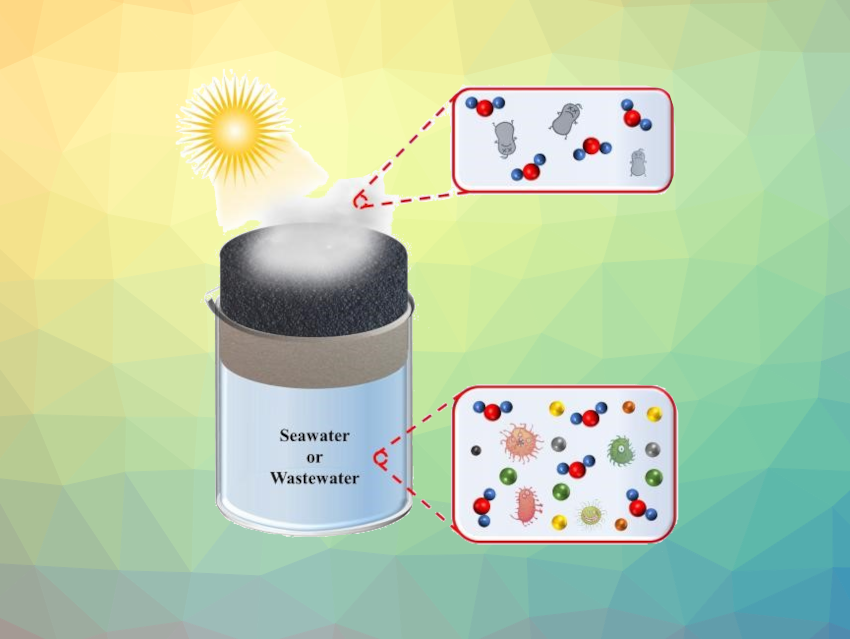Shortages of fresh water are an issue in many regions of the world. Seawater desalination can help to alleviate this problem. Methods such as membrane-based technologies and reverse osmosis can be used, but have drawbacks such as, e.g., high energy consumption. Solar steam generation technology (SSGT), using a photothermal material at the water surface, can use environmentally friendly solar energy. It is, thus, a promising sustainable technology for the production of fresh water. Much of the research into SSGT focuses on how to improve salt resistance and exclude inorganic and organic pollutants in water. However, there are only limited studies that focus on microorganisms in the collected water, in spite of the fact that microbes can grow in evaporation devices and limit their service life.
Ming-Lai Fu, Huaqiao University, Xiamen, China, Baoling Yuan, Huaqiao University and Jilin Jianzhu University, Changchun, China, and colleagues have developed a porous Cu2ZnSnS4-based photothermal hydrogel (CZTS-PH) with antibacterial properties as well as good salt resistance. The team used polyacrylamide as the skeleton for the porous hydrophilic hydrogel, and the semoconductor Cu2ZnSnS4 (CZTS) as the photothermal conversion material.
The team first prepared CZTS via a one-step hydrothermal synthesis (pictured below). The product was dispersed in water together with acrylamide (AM) and N,N-methylenebisacrylamide (MBA), and sodium dodecyl sulfate (SDS) was added as a foaming agent. Finally. N,N,N’,N’-tetramethylethylenediamine (TMEDA) and ammonium persulfate ((NH4)2S2O8) were used to trigger an exothermic cross-linking reaction and obtain the black, porous CZTS-PH.

The resulting CZTS-PH exhibits a water evaporation rate as high as 3.249 kg m–2 h–1 under “one-sun”
irradiation. The amino groups in CZTS-PH can bind to the phospholipid groups of bacterial cell membranes and break up their structure. Due to this effect, CZTS-PH can kill bacteria, which could ensure its long-term stability for photothermal conversion and the safety of the collected clean water.
- A salt‐resistant and antibacterial Cu2ZnSnS4‐based hydrogel for high efficiently photothermal distillation in seawater desalination and sewage purification,
Pan Liu, Lei Xu, Zhen-Yu Wang, Yang Huo, Yi-bo Hu, Ming-Lai Fu, Baoling Yuan,
ChemSusChem 2023.
https://doi.org/10.1002/cssc.202300611




